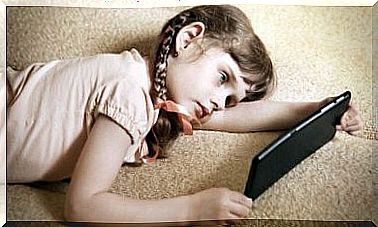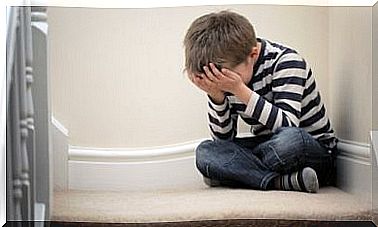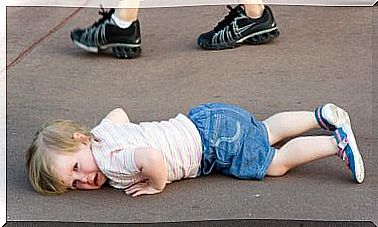When To Start Reading Stories To Children

Around the time children are 6 years old, they begin to develop reading skills – but this can also happen earlier. But many parents wonder when to start reading stories to their children.
What age do experts recommend for introducing children to reading? And what are the benefits of cultivating reading habits in early childhood? In the following article we will answer all of these questions.
Remember that the first step in acquiring knowledge and new skills is reading. Hence, it is considered to be a fundamental skill in promoting a person’s cognitive development.
When should we start reading stories to our children?
We can start reading stories to our children from the very first few years of their lives. In fact, it is important that we do so! In this way, we gradually lead our little ones to gradually start reading from a very early age.
According to Antonio Manuel Trujillo García, the education of reading children consists of three basic steps:
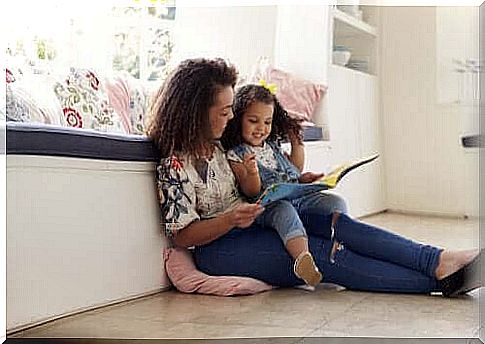
- The first phase begins when our children are born and continues until the little ones begin to develop their reading skills. During this phase , children still cannot read, which means they need someone to read them stories.
- In the second phase, children acquire the ability to read. At this point , the little ones read in the presence of others who can help them better understand what they are reading.
- In the third phase , children can read autonomously and without outside help.
It is important that mothers and fathers ensure that their children are going through this process. It is therefore essential that parents create moments to read. This should be a family activity. For example, you can read a bedtime story to your children every night.
It’s also a good idea to have a wide variety of stories and children’s books on hand. You should keep the books in a place around your home where your children can easily see and reach them.
This will help arouse their curiosity so that they will begin to grab the books with their hands and examine them freely.
Traits to look for in a good children’s book
When choosing good stories and children’s books, make sure that they have the following characteristics:
- Few words and short sentences
- Simple vocabulary
- Lots of attractive pictures and illustrations
- Different textures
- Few pages
- Stories that children can relate to
What are the benefits of cultivating reading habits in childhood?
There are numerous benefits to promoting reading habits in early childhood. Below are some examples:
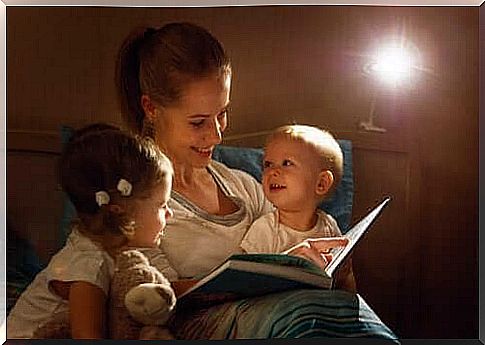
- Reading encourages a child’s imagination and creativity.
- It favors children’s cognitive autonomy and the ability to learn how to learn.
- Reading maximizes language development and perfection.
- Reading improves oral and written expression.
- It improves a child’s vocabulary.
- Reading improves writing and spelling.
- It maximizes children’s ability to pay attention and focus.
- It improves children’s memory.
Hence, parents are responsible for making reading part of their children’s daily routine. But to really achieve the above benefits, it’s not just important to promote reading when your children are young. Rather, as they get older, children should also observe how their parents read autonomously and enjoy doing so. This is because children look up to and imitate parenting characters.
When children see that their parents enjoy reading, they are more likely to develop the same behavior. Ultimately, it’s not about forcing our children to read. Rather, it is about teaching them that reading is a fun and attractive way to enjoy their free time.

